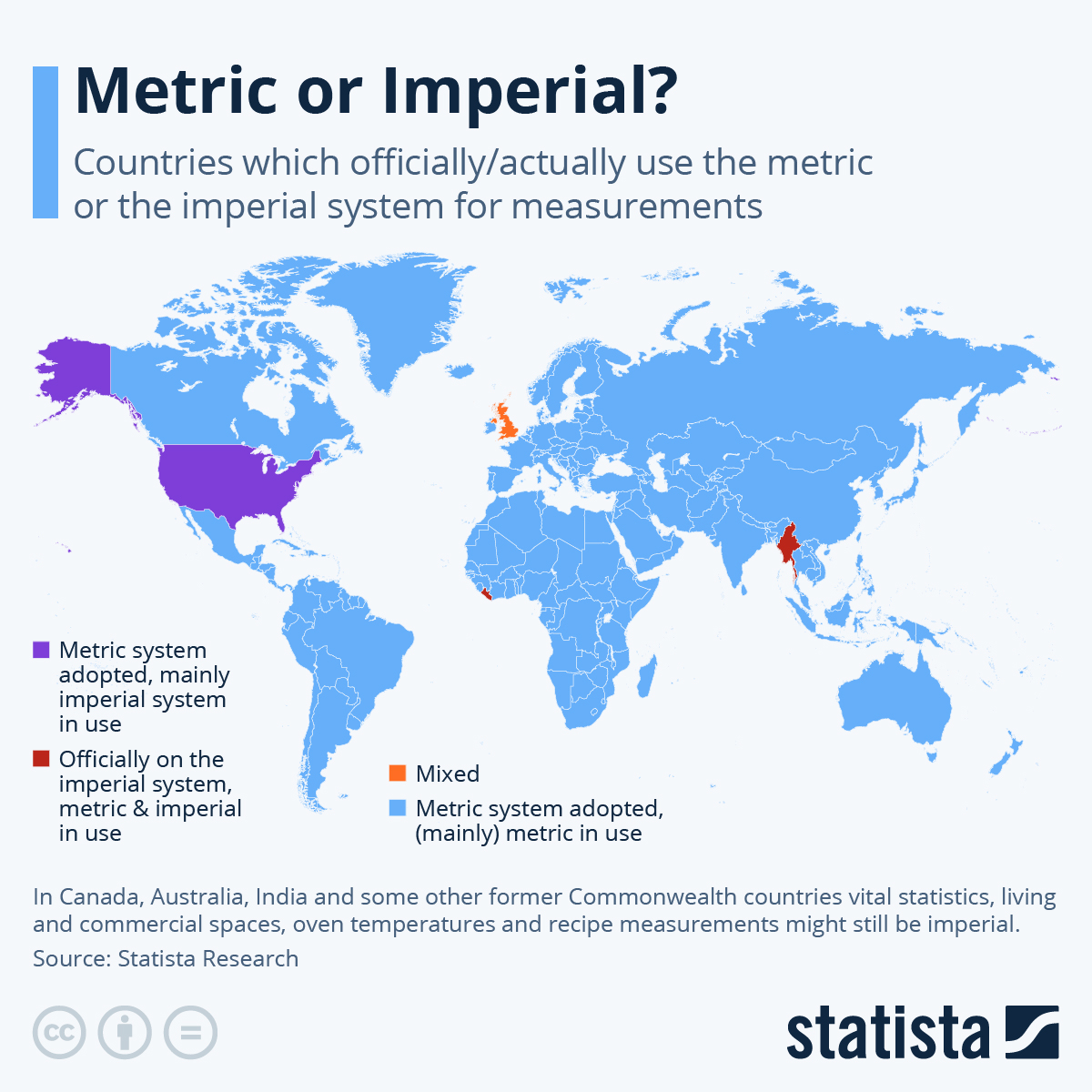The idea that 0F, 20F and 32F are meaningfully different and need to be distinguished would be completely alien to most people here, and even in Canberra where we
do get below freezing for four months of the year, all anyone really needs to care about is that it's "below zero". Closer to the equator, the idea would make even less sense.
Here's a customary casual understanding of celsius temperatures, customised for Australian experience:
- The 40s is dangerous (the high 40s in Melbourne or Sydney shuts everything down and can break infrastructure)
- The high 30s is too hot
- The low 30s is hot for me but my wife likes it and is normal in the tropics
- The 20s is nice
- The high teens is cool but nice for some (me)
- The low teens is too cold for many (my wife) and still probably okay for me with a single thin jumper, but people in Brisbane will rug up for it
- The single digit celsius range is very cold especially as a daytime temperature, and is too cold for most Australians who don't know how to layer their clothes or who don't own proper warm clothes at all
- Anything in the negatives is very very cold
- Anything beyond about -5 celsius means either that it's 3am on a bad July night in Canberra or you're up at the snowfields







